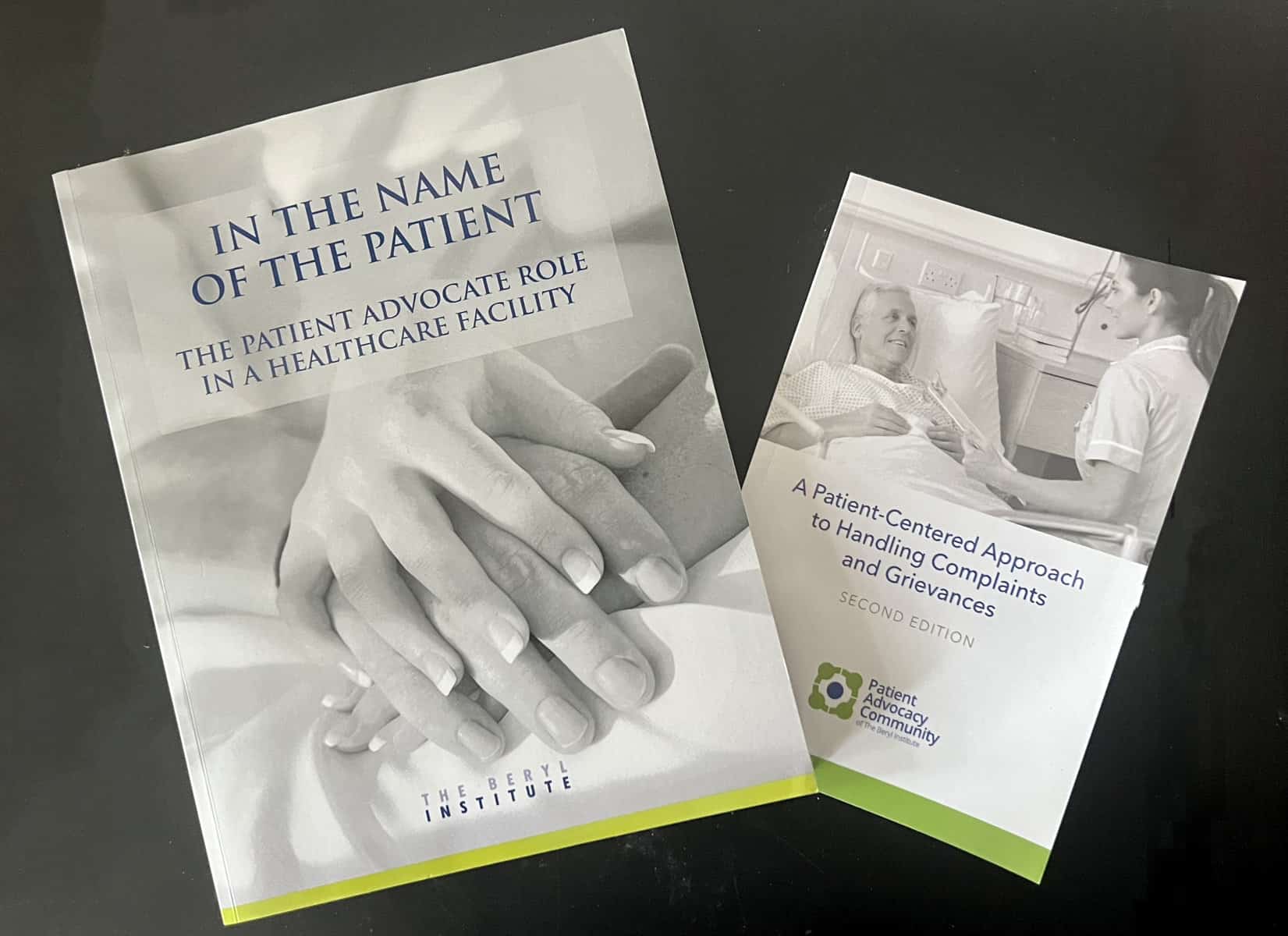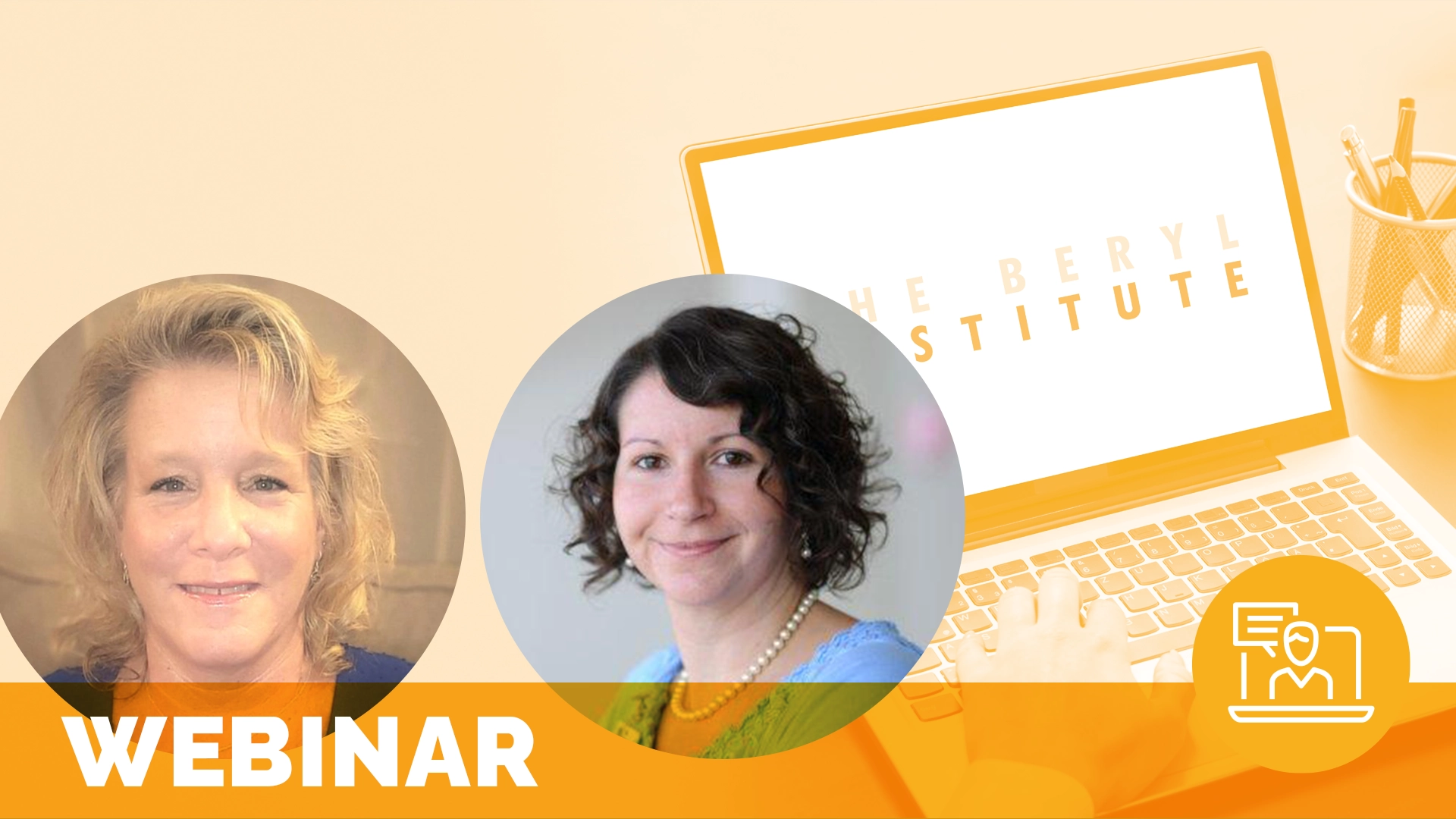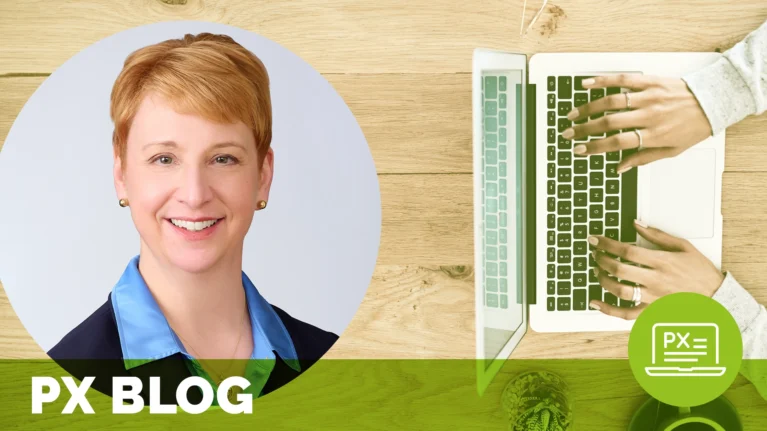Patient Advocacy Workgroup
Part of the Institute's Community Council, the Patient Advocacy Workgroup is made up of individuals committed to engaging with one another, sharing ideas and expanding the engagement of Patient Advocate Leaders in The Beryl Institute community.
View the Council

































